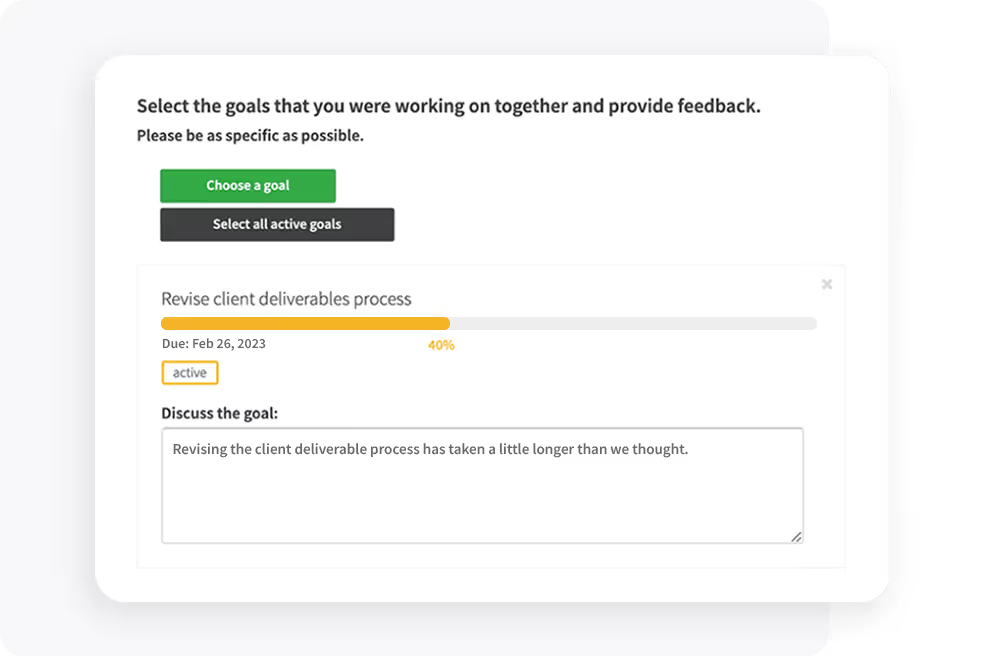How to Improve Remote Work Culture - Strategies & Examples
Remote work is now a key part of many workplaces. Yet, building and keeping a strong culture in remote teams can be hard. Without being in the same office, it takes effort to make sure everyone feels connected and works well together.
This article gives you clear tips to help your remote team thrive.
Common Remote Work Culture Challenges
Remote work has lots of benefits, like flexibility and access to global talent, but it also has challenges.
Employees might feel lonely or disconnected from their coworkers, which can lower their morale. Meanwhile, communication can be tricky, and it’s harder to build trust when you don’t meet in person. It can therefore be difficult to keep everyone on the same page with shared values and goals.
To avoid or mitigate some of these common challenges, consider the following strategies.
Strategies to Improve Remote Work Culture
1. Foster Clear and Transparent Communication
Clear communication is key for remote teams. Set rules for how and when to communicate, like response times and meeting etiquette, to avoid confusion. Regular check-ins, like one-on-one and team meetings, help everyone stay updated and address any issues. Tools like Slack can make quick communication easy, while Asana helps keep track of tasks and projects.
2. Build Trust and Inclusivity
To build trust, create an environment where people feel safe sharing their ideas and feedback. Publicly recognizing good work makes employees feel appreciated and included. Virtual bonding activities, like casual coffee chats or game nights, can help team members feel connected and less isolated.
3. Encourage Collaboration
Good collaboration happens when teams have the right tools and opportunities. Tools like Google Workspace, Notion, or Miro make it easy to work together in real-time. Encourage employees from different teams to work on projects together to build relationships and share ideas. Hosting regular knowledge-sharing sessions can also help team members learn from each other and showcase their expertise.
4. Support Work-Life Balance
Work-life balance is important for remote workers. Encourage employees to stick to set work hours and avoid late-night messages. Make sure employees feel comfortable taking time off for vacations or mental health days. Offering resources on how to manage stress and avoid burnout can also help keep your team healthy and happy.
5. Invest in Professional Development
Helping employees grow shows them they are valued. Offer online courses through platforms like Coursera or LinkedIn Learning. Pair employees with mentors to guide their career growth. Show clear paths for career advancement to keep them motivated and focused on their future.

6. Embrace Flexibility and Autonomy
Flexibility and autonomy are key for remote teams. Let employees choose schedules that match when they work best. Trust your team to get their work done without micromanaging. Make sure remote-first policies are in place so that all employees, no matter where they work, have the same opportunities and access to resources.
What Role Does Leadership Play?
Leaders play an important role in creating a positive remote culture. They should lead by example with clear and inclusive communication. Asking for and acting on employee feedback shows that leaders value their team’s input. Sharing company goals and updates helps keep everyone aligned and motivated.
For example, consider the approach taken by Shopify, a company that transitioned to being fully remote. Shopify’s leaders introduced structured weekly check-ins where team members could openly discuss challenges and successes. They also implemented a policy of over-communicating updates to ensure that everyone stayed informed and felt included, regardless of their location. This approach helped foster trust, transparency, and a sense of belonging among employees, setting a strong foundation for their remote work culture.
Tools and Technology to Enhance Remote Culture
The right tools can make remote work easier and better for everyone. Use tools like Slack, Zoom, or Microsoft Teams for communication. Platforms like Miro for brainstorming and Trello for tracking projects help teams work together smoothly.

Consider also integrating tools that streamline performance management and employee engagement. Platforms like PerformYard offer features such as performance reviews, goal management, and continuous feedback, all in one place. These tools can help your team stay aligned and motivated, even when working remotely.
Real-World Examples of Remote Culture Improvement
Several companies have successfully cultivated strong remote work cultures through intentional strategies:
- GitLab operates with a team distributed across more than 60 countries. They emphasize asynchronous communication, allowing team members to work effectively across different time zones. Comprehensive documentation and transparency are central to their operations, ensuring that all information is accessible to everyone. This approach fosters a culture of trust and inclusivity, enabling seamless collaboration despite geographical distances.
- Zapier has been a fully remote company since its inception, with employees spread across various continents. They prioritize flexibility, allowing team members to set their schedules, which supports a healthy work-life balance. To maintain strong connections, Zapier organizes virtual retreats and encourages informal communication channels. This focus on flexibility and connection has been instrumental in building a cohesive and motivated remote team.
- Buffer, a social media management platform, has embraced remote work for years, with employees in over 15 countries. Buffer prioritizes transparency by making their salaries, company metrics, and even decision-making processes publicly available. This openness builds trust among employees and aligns them with the company’s mission. The team also invests in employee well-being by offering mental health benefits, and wellness stipends, and encouraging regular check-ins to discuss personal and professional growth.
These examples demonstrate that with deliberate practices and the right tools, companies can build effective and engaging remote work cultures.
Measuring Success and Iterating
To improve your remote culture, measure things like employee engagement, retention rates, and productivity. Surveys can show how satisfied employees are and highlight areas to improve. Tracking retention rates can show how well your culture keeps top talent. Reviewing these metrics regularly and making changes based on feedback will help your team continue to grow.


.jpg)

.jpg)
